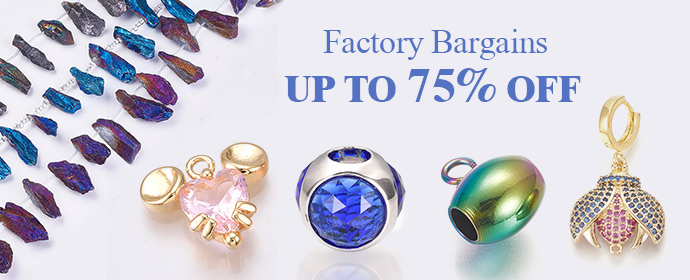A pearl necklace is a chunk of jewelry composed of a string or strand of pearls which might be normally strung collectively and worn across the neck. Pearls are valued for their unique luster, beauty, and historical significance, making them a popular choice for formal and casual occasions. Here’s a detailed overview of pearl necklaces.
1. Types of Pearls:
Pearls used in necklaces can come from various sources, each with its own unique characteristics and value. The main types of pearls used in necklaces include:
Natural Pearls: These pearls are formed organically within mollusks (oysters or clams) when an irritant enters the shell. Wild pearls are rare and highly valuable due to their unpredictable formation.
Cultured Pearls: These pearls are created through a controlled process where a pearl farmer inserts a nucleus (usually a small bead) into a mollusk. The mollusk then coats the nucleus with layers of nacre, resulting in a pearl. Most pearls in the market today are cultured pearls.
Freshwater Pearls: These pearls are produced by freshwater mollusks and are often irregularly shaped. They come in a variety of colors, sizes, and shapes, making them versatile for necklace designs.
Akoya Pearls: These pearls usually are smaller and regarded for his or her conventional white or cream color. They are primarily produced in Japan and are often used for traditional pearl necklaces.
Tahitian Pearls: These pearls are cultivated primarily around French Polynesia. They are known for their large size and dark colors, including black, gray, green, and blue.
South Sea Pearls: These pearls are cultured in the warm waters of the South Pacific and are known for their large size and satiny luster. They come in a range of colors from white to golden.
2. Necklace Styles:
Pearl necklaces come in various styles to suit different preferences and occasions. Some famous patterns include:
Choker: A short necklace that rests snugly around the base of the neck.
Princess Length: This is the most common length, with pearls typically falling just below the collarbone.
Matinee Length: A longer necklace that falls to the chest, often worn for more formal occasions.
Opera Length: An even longer necklace that falls below the bust, sometimes doubled to create a layered effect.
Rope Length: The longest pearl necklace, often longer than 36 inches, that can be looped or knotted in various ways.
3. Grading and Quality:
The quality of a pearl necklace is determined by factors like luster, surface quality, shape, size, and color. High-quality pearls have a deep, reflective luster, minimal surface blemishes, consistent shape, and a uniform color.
Don’t forget to send me your feedback!
BY: DANIYAL KHAN
Recommended1 recommendationPublished in apparel, Bridal, Jewelry, Our Fashion Passion, Uncategorized





